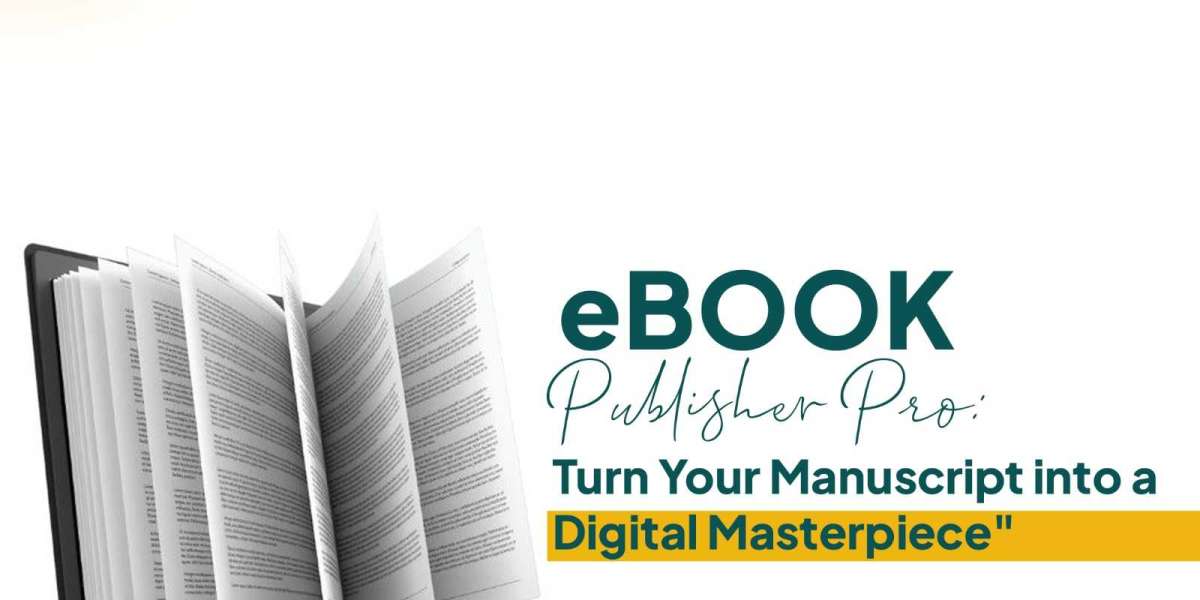Whether you're a parent, educator, or aspiring author, understanding the power of children’s books can open up new possibilities for nurturing young minds and making a lasting difference.
Why Children’s Books Matter
Children’s books serve as a child’s first introduction to language, storytelling, and life lessons. They spark imagination, build vocabulary, and encourage curiosity. In fact, studies show that reading to children regularly improves their cognitive development, emotional intelligence, and even academic performance.
But beyond educational benefits, children’s books also:
Teach empathy, kindness, and problem-solving
Help kids understand emotions and social situations
Provide comfort, laughter, and joy
Promote family bonding through shared reading
From colorful picture books to short chapter books, each story lays the foundation for lifelong learning.
Types of Children’s Books
Children’s literature comes in various forms tailored to age and reading ability:
Board Books (Ages 0–3)
Simple, durable books made for toddlers. These focus on basic concepts like colors, animals, and first words.Picture Books (Ages 3–7)
These blend rich illustrations with short text, often with rhyme or repetition. They're perfect for reading aloud and learning storytelling patterns.Early Readers (Ages 5–8)
Designed for emerging readers, these books use short sentences, familiar words, and simple plots to build confidence.Chapter Books (Ages 7–10)
With more text and less illustration, these books introduce more complex characters and themes while still being accessible to young readers.Middle Grade (Ages 8–12)
These are longer books with deeper plots and emotional themes, often tackling friendship, identity, and adventure.
Writing a Children’s Book
Writing for children may seem easy—but it’s a unique craft that requires thought and skill. Great children’s books often include:
Age-appropriate language
Engaging characters kids can relate to
A clear beginning, middle, and end
A meaningful message or moral
Rhythm, rhyme, or repetition for younger ages
Illustrations are just as important as the words. For many children, visuals help them understand the story, connect emotionally, and stay engaged.
Publishing a Children’s Book
Many authors choose to self-publish their children’s books through platforms like Amazon KDP or IngramSpark. Others submit their manuscripts to traditional publishers who specialize in children’s literature.
No matter the route, professional editing and illustration are essential. A beautifully crafted children's book has the potential to become a treasured keepsake in homes, schools, and libraries.
Final Thoughts
A children’s book is more than a story—it’s a tool for growth, a spark for imagination, and often a child’s first love of reading. Whether you're writing one or reading one, remember that every children’s book holds the power to teach, inspire, and shape young hearts and minds.



